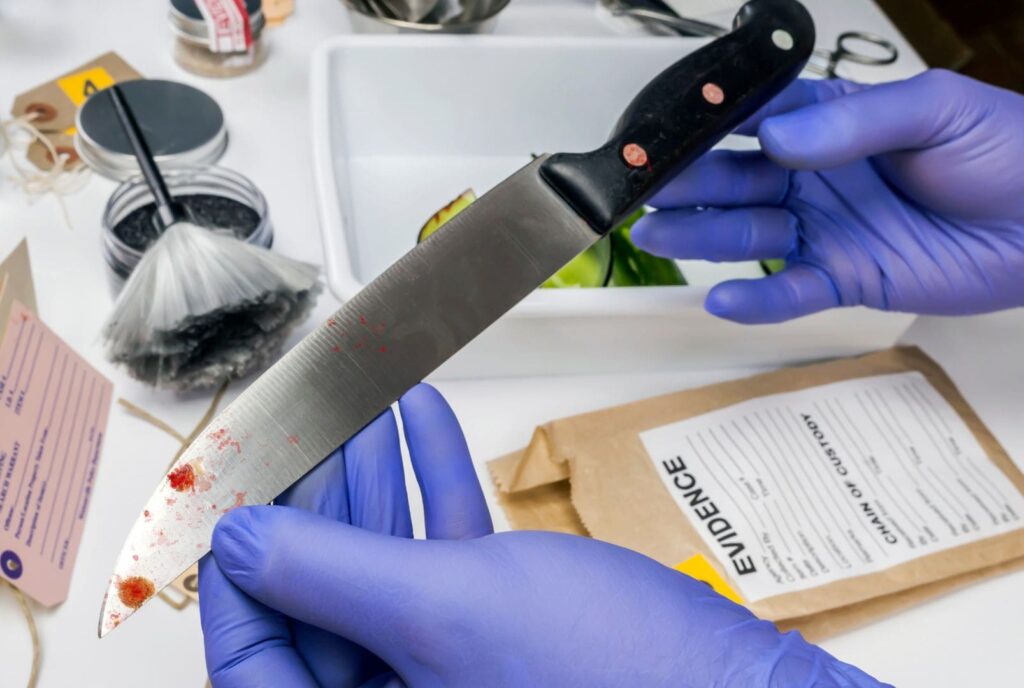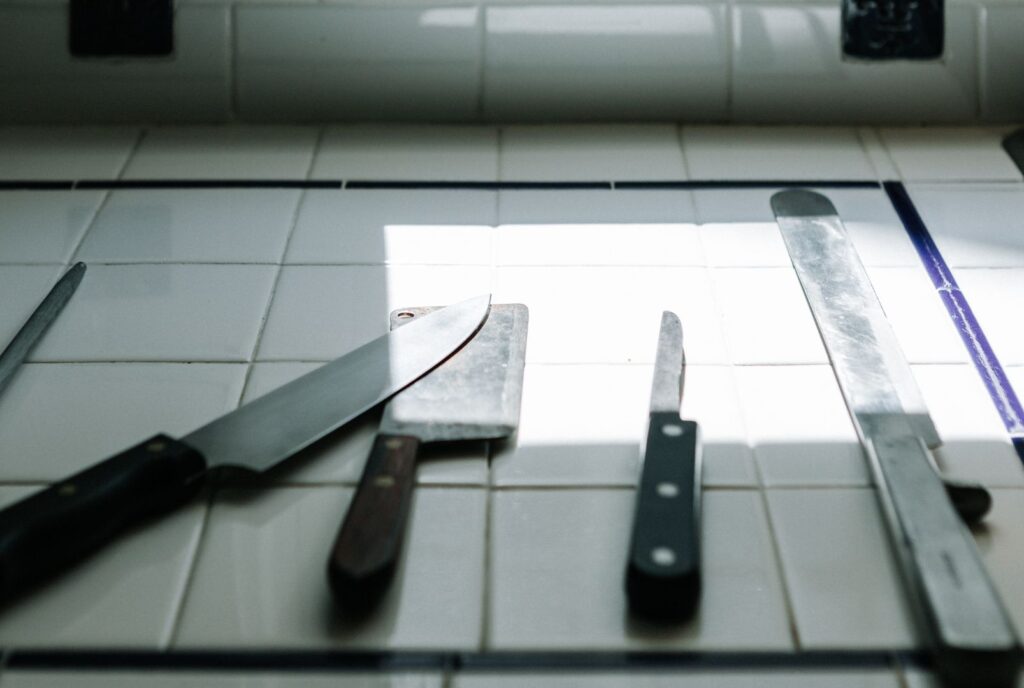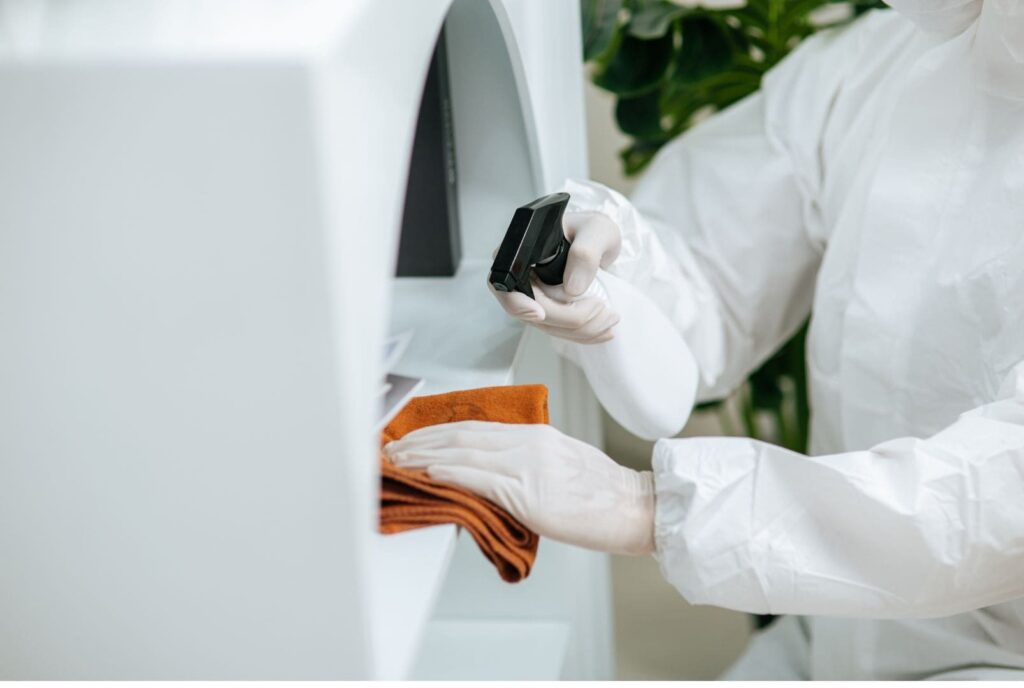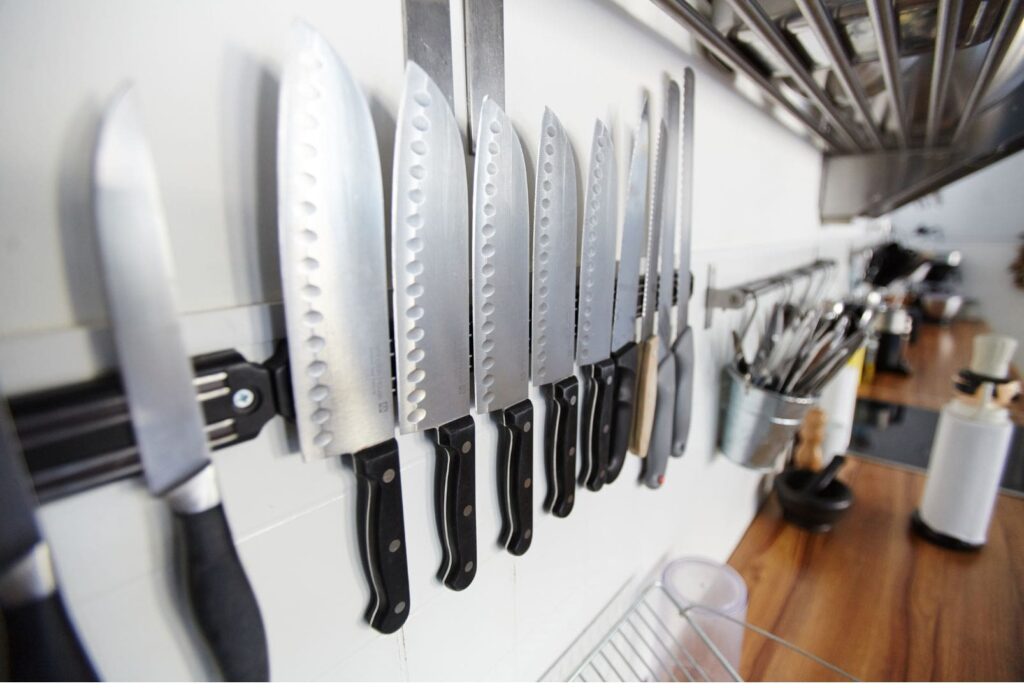Introduction: When Must a Knife Be Cleaned and Sanitized
Properly cleaning and sanitizing knives is essential to food preparation and safety. A clean knife prevents cross-contamination between foods, while sanitization kills harmful bacteria that can cause foodborne illness. This article outlines when knives must be cleaned and sanitized and the proper methods for each task.
Definition of a Clean and Sanitized Knife
A clean knife has no visible debris, dirt, or food residue on its surface. Soap and hot water are used to remove these. A sanitized knife has undergone a process that reduces microorganisms like bacteria, viruses, and moulds to safe levels as determined by public health codes. Sanitizers may be heat, chemicals, or UV light.
Overview of When to Clean and Sanitize Knives
In general, knives should be cleaned after each use. They may require occasional sanitization as well, such as after cutting raw meats or every few weeks as routine maintenance. Proper cleaning and sanitizing prevent cross-contamination, ensure the safety of foods you cut, and also maintain the knife’s edge and appearance over time.
When Knives Should Be Cleaned

There are several instances that require cleaning knives:
After Every Use
when must a knife be cleaned and sanitized used for food preparation should be cleaned immediately after each task is finished to prevent residues from drying on the blade. Food debris can harbour bacteria and also lead to corrosion over time. Even knives used for fruits, vegetables, or bread should be rinsed and wiped down after cutting.
When Changing Tasks
when must a knife be cleaned and sanitized between preparing raw meats and other foods or before slicing ready-to-eat items. This prevents bacteria on the blade from transferring, acting as cross-contamination between foods.
Before Storing
Always give knives a quick hand wash and thorough drying before putting them away in storage blocks or drawers. This prevents lingering food residues or moisture that could allow microbial growth on the metal surface.
If Dropped on the Floor
Immediately when must a knife be cleaned and sanitized that falls to the floor or touches another unsanitary surface before continuing to use it for food preparation.
If Touching Raw Meat
Raw meats can harbour harmful bacteria like Salmonella or E. coli on their surfaces. Thoroughly wash and sanitize knives after trimming meats to prevent spreading these pathogens onto other kitchen items.
How to Properly Clean Knives

Cleaning knives entails washing away food residues. Follow these steps:
Wash With Hot, Soapy Water
Use dish soap and warm-hot water when available. Soap helps lift oil and grease-based food residues from knife surfaces. Very hot water further helps dissolve or loosen debris. Take care not to put knives in water hot enough to damage knife handles.
Use a Knife-Friendly Brush or Sponge
Gently scrub knives using brushes or sponges specially designed to clean cutlery without damaging edges. Ensure no food bits remain trapped near the handle. Avoid metal wool scouring pads.
Rinse and Dry Completely
Rinse knives thoroughly after washing to remove all soap residues, which could affect knife edges in the long term. Hand dry immediately using a lint-free towel, or allow to fully air dry before putting knives into storage. Trapped moisture can lead to corrosion on blades.
When to Sanitize Knives
When must a knife be cleaned and sanitized chemicals, heat, or other methods to reduce microbes well below levels considered safe for food contact surfaces. Knives may need periodic sanitization:
After Contact With Raw Meats
Always sanitize after cutting raw poultry, beef, pork or fish. Raw proteins often have surface bacteria that can cross-contaminate if knives aren’t sanitized.
Before Using With Ready-to-Eat Foods
Sanitize knives before slicing fruits, bread, cooked foods, or anything considered ready-to-eat that requires no further cooking. This kills lingering microbes, ensuring safety.
If Used By Someone Who is Sick
Appropriately sanitize kitchen knives if they have been used by someone recovering from an illness before using them again for normal meal preps. This prevents the spreading of microbial contaminants.
Every Couple of Weeks as Routine Maintenance
Occasionally, sanitizing all your kitchen knives helps ensure any buildup of hard-to-remove microbes are eliminated before they develop into an issue.
Proper Sanitization Methods

To sanitize knives:
Chemical Sanitizers
Sprays, wipes, or solutions using chlorine, quaternary ammonium, or other approved antimicrobial ingredients at the correct dilution and contact time.
Heat Sanitization
Briefly expose knives to 180°F or hotter water for at least 30 seconds either using the dishwasher or hot water immersion. Ensure heat resistance of knife handles before such methods.
UV Light Sanitizers
Specialty appliances that bathe objects in intense ultraviolet germicidal radiation, damaging microbial DNA. Convenient for knives but can be slower than other options.
Storing Properly Cleaned Knives

Maintain cleanliness and edge integrity of knives in between uses by:
Use Knife Guards or Sheaths
Protect blades from incidental contact using hard sheaths or guards when storing in a drawer.
Store in a Dedicated Knife Block or Drawer
Keep neatly in dedicated cutlery drawers or countertop knife blocks to avoid other types of wear. Store the largest knife at the back of the blocks.
Ensure Knives Are Completely Dry First
As mentioned previously, wipe knives fully dry after rinsing before putting them into storage to prevent corrosion issues long term.
Conclusion
Regularly when must a knife be cleaned and sanitized after each task and sanitizing after contact with raw meats are vital best practices in the kitchen. Proper knife hygiene prevents cross-contamination of bacteria, viruses, and moulds between foods. It also maintains the functionality of the knife over time. Follow the outlined directions for effective hand washing, sanitizing, and knife storage. Keep your cutlery clean and safely cutting for years to come.
FAQs
How often should you sharpen knives?
Most knives require sharpening every 4-6 months with regular use. High-quality blades may only need professional sharpening annually if properly hand-washed and stored.
Can you put knives in the dishwasher?
It’s best to hand wash knives. The harsh heat and detergents inside dishwashers may damage handles over time and lead to corrosion of blades.
What is the best way to dry knives?
Always hand dry knives immediately after washing using a clean, lint-free towel. Air drying is acceptable but can allow moisture to linger too long. Make sure knives are fully dry before storing them away.
How do you disinfect wooden cutting boards?
Wash in hot, soapy water, then occasionally sanitize wooden boards by spraying with a diluted bleach solution, vinegar, or lemon juice and allowing it to sit for 10 minutes before rinsing. This kills bacteria absorbed into the wood fibers over many uses.
What household items can sanitize knives?
Common sanitizers safe for knives include chlorine bleach or alcohol solutions properly diluted based on concentration. Boiling water immersion can also sanitize knives. Ensure knives and handles can withstand the temperatures used.






